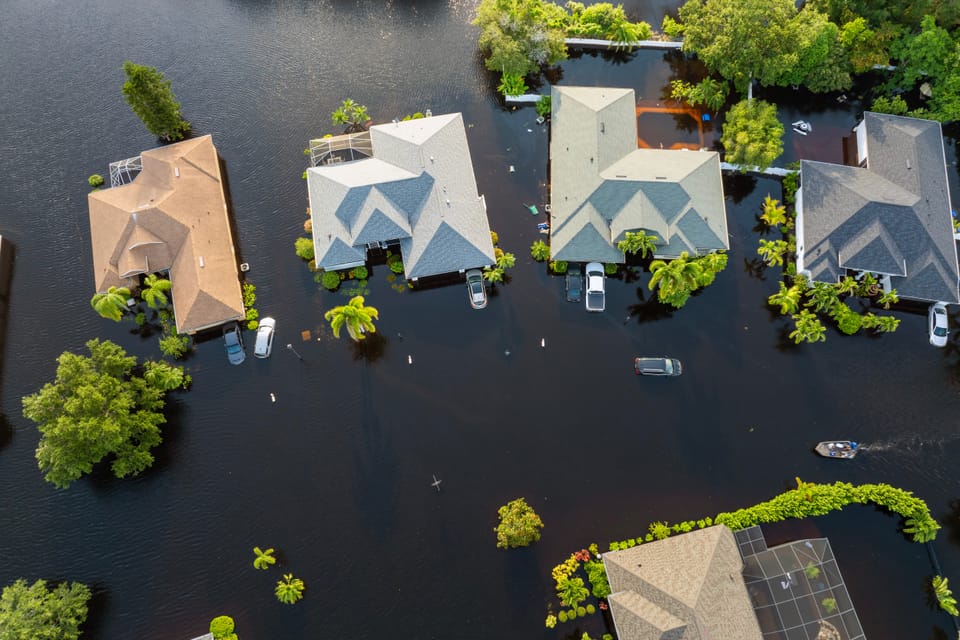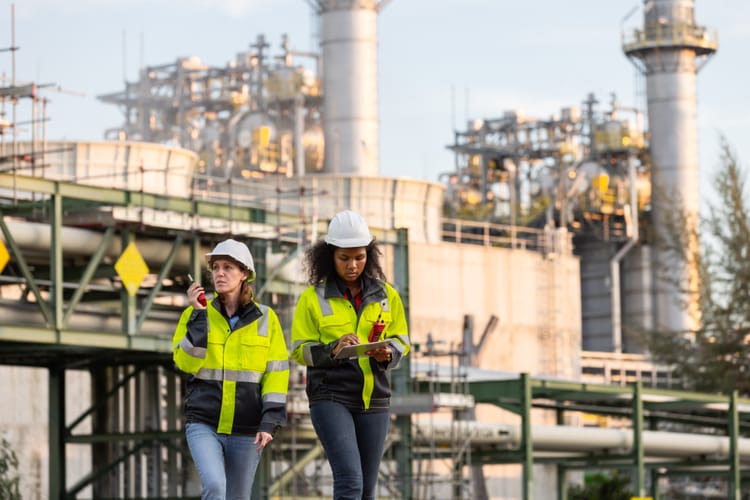‘Prepare on blue sky days’

A version of this story first appeared in The Level newsletter. To get it in your inbox, sign up for free, here.
With extreme rain events increasing nationwide, flooding can occur anywhere at any time. Last year, annual precipitation in the lower 48 was 1.66 inches above average, making it among the wettest years since 1895. And the trends indicate that these storms are occurring with more frequency and intensity. Additionally, National Oceanic and Atmospheric Administration (NOAA) forecasters expect above-average rainfall this year in the Pacific Northwest, Alaska and 16 states from New York to Louisiana to Michigan. No matter where your job site is, your crew must stay safe in these dangerous conditions.
Josh Asbill is the assistant chief for the South Orange Rescue Squad in Carrboro, N.C., and leads its Technical Rescue team, which responds to swift-water and high-angle emergencies and other serious situations. We asked him for advice that construction teams and fleets can use to avoid hazards and injuries during flash floods. - Margot Lester
What’s the most common misconception about high water?
People think, "It's just water." The truth is that as the water comes up, especially when it comes up a lot, it ends up getting in places that it shouldn't be, such as wastewater treatment plants, sites that store and use lots of chemicals and so on. These things end up in the floodwater and as you walk in it, you can be exposed to those chemicals and have them absorb into your skin. Construction debris can also be a problem. Stay out of the water.
What’s the most serious mistake construction teams should avoid?
Don’t try to cross flooded roadways. A vehicle can start to float in as little as one foot of water. However, even as little as six inches can cause it to stall and/or cause you to lose control. As the water is moving across the roadway, it can cause the road or bridge to wash out which you likely will not be able to see. Driving into these washouts could cause your vehicle to become completely submerged. This is true even for construction vehicles and equipment.
What can construction teams do to be better prepared for high water emergencies?
Sign up for weather alerts from your local jurisdiction or preferred weather app and heed the advice. Know the tendencies of the area that you work in. How does stormwater affect your worksite? If you work next to a creek, does it flood during heavy rains? Do the roadways in the area get flooded? It's much easier to prepare for these things on "blue sky" days rather than when it's pouring down rain.
Thanks for reading today's edition! You can reach the newsletter team at thelevel@mynewsletter.co. We enjoy hearing from you.
Interested in advertising? Email us at newslettersales@mvfglobal.com
Was this email forwarded to you? Sign up here to get this newsletter once a week.
The Level is written by Margot Lester and edited by Katie Parsons.





